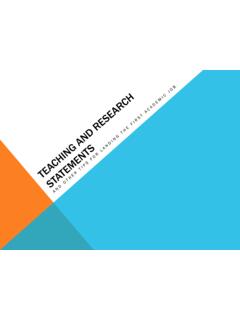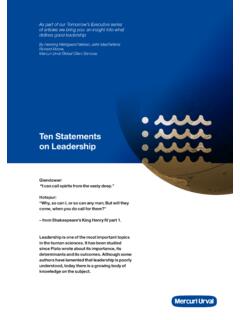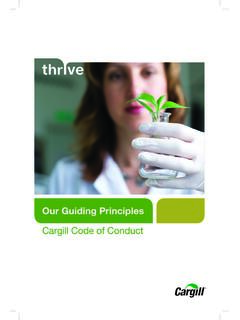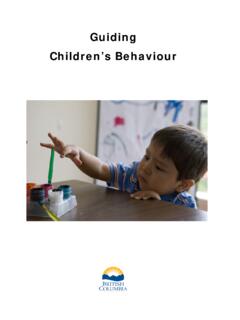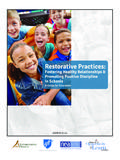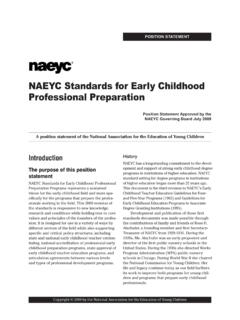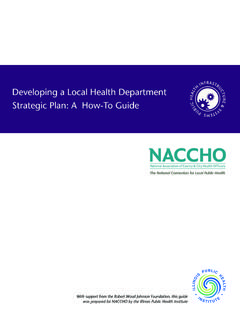Transcription of Teaching Philosophy Statements - ed
1 IOSR Journal of Research & Method in Education (IOSR-JRME) e-ISSN: 2320 7388,p-ISSN: 2320 737X Volume 5, Issue 6 Ver. III (Nov. - Dec. 2015), PP 61-66 DOI: 61 | Page Teaching Philosophy Statements Dr. Qais Faryadi Faculty of Science and Technology Department of Computer Sciences Universiti Sains Islam Malaysia USIM Abstract: This article examines the rationale for my Teaching Philosophy . Using a personal perspective, I explain my objectives, mission, and vision in writing my Philosophy of Teaching Statements . This article also creates a road map and reference points for educators who want to write their own Teaching Philosophy Statements to help them make informed decisions when Teaching their students.
2 In my Teaching Philosophy , I apply the constructivist approach of Teaching and learning. Keywords: Constructivism, Class assessment, Education, learning, Teaching Philosophy . I. Introduction My Teaching Philosophy Statements are the culmination of many years of Teaching experience in the field of information and communication technology. As experience is the best teacher, I have come to the conclusion that, generally, the current Teaching methods and styles need to be changed to produce not only more effective learners, but also to make the learning process more enjoyable and meaningful. Constructing my Philosophy Statements has helped me identify individual styles, priorities as well as objectives in guiding my students.
3 I believe that my Teaching Philosophy Statements will set a strong foundation for my Teaching goals. By using the following guidelines, I hope you too will be able to formulate your own Teaching Philosophy Statements and take pride in your profession. When writing your Teaching Philosophy Statements , never use the word you or we. Teaching is an art and different individuals have various artistic styles of Teaching and learning. So when writing your Philosophy Statements , always use the pronouns I or my. Each teacher has his or her own creative and artistic way of Teaching . Hence, Teaching Philosophy Statements are unique to the individual.
4 My own education Philosophy Statements are embodied within the Constructivism framework. Constructivism is a paradigm of learning that describes the process of knowledge formation. In constructivist learning, students learn actively rather than wait passively for the teacher to spoon-feed them with information (Ellison & Wu, 2008). Constructivists believe that one has to adapt to the environment to acquire knowledge. In the process, one reshapes the acquired knowledge and creates new knowledge (Sternberg, 2008). Constructivist learners acquire knowledge by blending their present and the past experiences to make new discoveries (Mayer, 2003).
5 To learn the constructivist s way, the learner should make sense of things instead of accepting information at its face value. Indeed, learners are encouraged to internalize and reshape information, transforming it through active observation (Liaw, 2004). The information transformation must be meaningful. By activating his cognitive processing system, the learner will be able to organize his thoughts into logical representation by bridging the newly learnt knowledge with that already acquired or prior knowledge (Mayer, 1999). According to constructivists, learning is a mental construction which takes place collectively. In the constructivist classroom, learning is facilitated by collaboration (Hughes & Golan, 2008).
6 It is all about interaction to find solutions to a given problem. Studies have found that learners who have been taught using a constructivist approach are very motivated and they enjoy learning much more compared to their counterparts in traditional classrooms (Gabriel, 2004). Hence, prior to constructing my Philosophy of Teaching , I posed the following questions to myself: 1. How does the human brain function? 2. How do people learn? 3. How should I teach? 4. How do I motivate the unmotivated learner? 5. What is my role as a teacher? 6. What is the role of my students? 7. What are my prime objectives as the leader in the class? 8. What are the viable concepts and styles of my Teaching ?
7 9. What learning outcomes can I anticipate? 10. How do I measure the success of my students? Teaching Philosophy Statements DOI: 62 | Page Since Teaching , learning, information, education, teacher, and knowledge are key words in this discussion, I need to define them briefly before proceeding any further. What Is Learning? Learning is defined as a process that brings about behavioral changes to a person. It is a skill that must be acquired by individuals as students, and later, as working adults. People learn differently based on their individual unique styles of learning (Qais, 2011).
8 Learning is also defined as a change in human behavior as a result of an experience or information input. It can also be considered as an outcome or a visible process. The most crucial aspect of learning is change. Learning is also achieved through individual experimentations whereby past knowledge is integrated with present knowledge to create new knowledge. According to Dannis, (2008), learning can be viewed as a quantitative increase in knowledge. Learning is acquiring information or knowing . Learning is storing information that can be reproduced. Learning is acquiring facts, skills, and methods that can be retained and used when necessary.
9 Learning involves relating parts of the subject matter to each other and to the real world. Hence it can be seen that learning is an external as well as an internal force to the learner. Learning may also happen automatically or after instruction. Every day when we are exposed to new knowledge and it becomes internalized, it becomes our possession. What Is Teaching ? Teaching , on the other hand, denotes a process to facilitate learning. Teaching also refers to the presentation of knowledge, and demonstration of ability or skills. Effective Teaching enables students to make connections of the old and the new knowledge to form new ideas.
10 That is why competent teachers have such a crucial role in the advancement of the community. What Is Education? Formal education is a process whereby systematic instruction is provided to learners. Generally, the primary aim of education is to impart the desired knowledge or relevant skills to students. Through the process of education, students are expected to enhance their critical thinking skills and make well-informed decisions. Nevertheless, education is provided not only formally by instructors but also when one learns through experiences in real life. What Are Data? Data refer to raw materials that have been gathered for a purpose.










